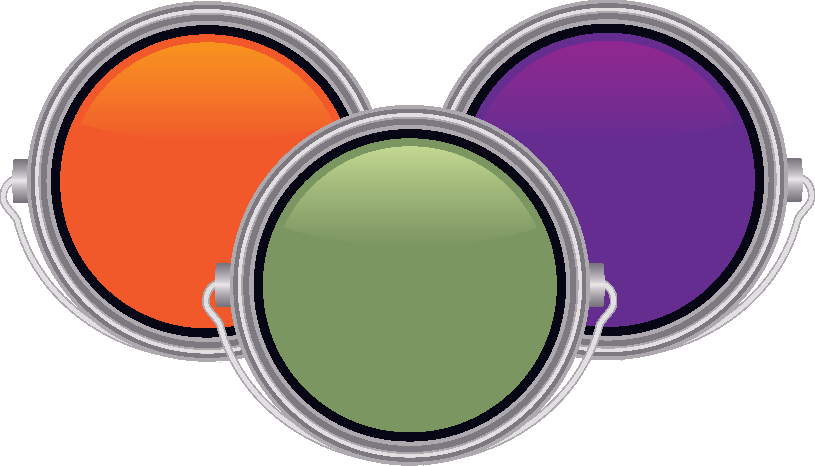The idea of adding natural materials, such as fruit or vegetable extracts, to paint for unique, natural colors may seem appealing to eco-conscious individuals or DIY enthusiasts. However, when it comes to painting large surfaces like house interiors or exteriors, this approach is not practical or appropriate. Here’s why.
- Lack of Stability and Durability: Natural materials like fruit extracts are not chemically stable and can degrade over time. This degradation can lead to fading or discoloration, especially with exposure to sunlight, air, and moisture. Mold or mildew growth can compromise both the paint’s appearance and the surface beneath. Additionally, reduced adhesion may result in peeling or chipping paint, particularly in high-moisture environments like bathrooms or exterior walls.
- Inconsistent Color Results: Natural pigments often produce muted, less vibrant colors compared to synthetic options. When applied to large surfaces, achieving uniform color across an entire wall or building is extremely challenging. Color variations due to inconsistent pigment concentrations can result in streaks or uneven finishes. Furthermore, natural pigments may react differently to environmental factors, further altering the appearance over time.
- Compatibility Issues with Paint Formulations: Most natural materials are water-based and may not mix evenly with synthetic or oil-based paints. This can cause separation of pigments within the paint, leading to patchy application. Uneven drying times may result in blotches or cracking. Additionally, difficulty in adhering to surfaces without proper chemical binders is especially problematic on non-porous surfaces like metal or treated wood.
- Poor Longevity and Maintenance: For large-scale projects, longevity is critical. Paint enhanced with natural materials is prone to quicker deterioration compared to professionally formulated paints. Such paints are more difficult to clean and maintain, as natural pigments can be reactivated or smudged with moisture. They are also less resistant to weather conditions, making them unsuitable for exteriors.

Why Professional Paints Are the Better Choice
Modern paints are specifically formulated to provide consistent color, strong adhesion, and long-lasting protection for both interior and exterior surfaces. These benefits include:
- Stability: Synthetic pigments and binders ensure the color remains vibrant and consistent over time.
- Durability: Professional paints resist peeling, fading, and environmental damage, making them suitable for large-scale applications.
- Ease of Application: Formulations are designed for smooth, even coverage, reducing labor and material costs.
Alternatives for Sustainable Painting
If your goal is to reduce environmental impact while painting large surfaces, consider these alternatives:
- Natural Paint Brands: These paints use eco-friendly ingredients like plant-based oils, mineral pigments, and non-toxic binders.
- Low-VOC or No-VOC Paints: These options provide a safer, more environmentally friendly alternative without sacrificing durability.
- Milk Paint or Chalk Paint: While traditionally used for smaller projects, some formulations can be adapted for walls or furniture, offering a natural finish with professional results.
Adding natural materials like fruit extracts to paint may work for small craft projects or decorative finishes, but it is not appropriate for painting large surfaces such as house interiors or exteriors. The lack of durability, consistency, and compatibility with professional-grade formulations makes this approach unsuitable for practical use. For a reliable, long-lasting finish, it is best to choose high-quality, eco-friendly paints designed for large-scale applications.
